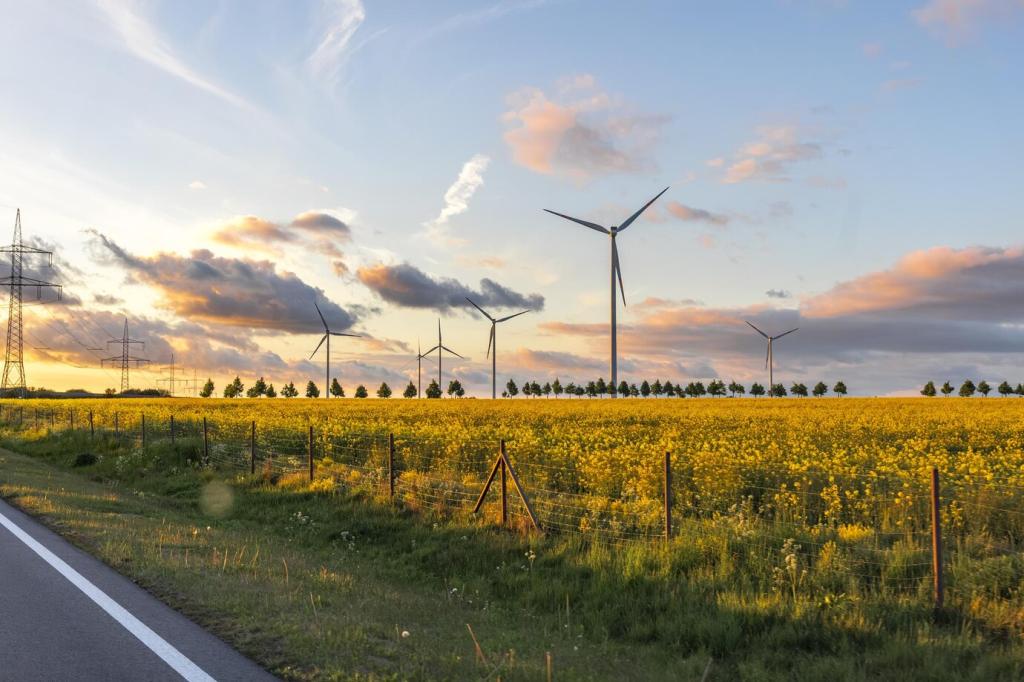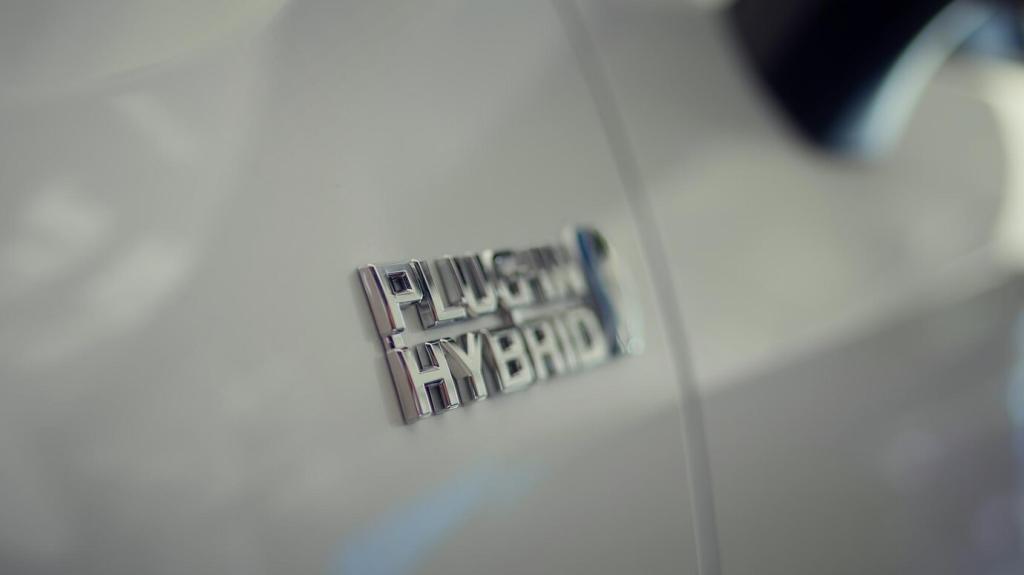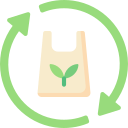Advanced Technologies in Textile Recycling
Chosen theme: Advanced Technologies in Textile Recycling. Step into a future where fibers loop endlessly, waste becomes feedstock, and smart tools reveal what our eyes cannot. Subscribe, comment, and help shape a circular textile world that feels as good as it looks.

AI-Powered Sorting That Sees the Unseen
Near-infrared scanners and trained models can recognize cotton, polyester, wool, viscose, and tricky blends in mixed bales within seconds. By reading spectral fingerprints instead of labels, sorting centers reduce contamination, improve bale purity, and raise the value of recovered fiber. Share your questions about AI accuracy, and we’ll test them in upcoming demos.
AI-Powered Sorting That Sees the Unseen
A donation bin yielded a bright red scarf labeled 100% wool. Spectral analysis flagged a polyester–elastane blend, explaining why it stretched oddly and resisted felting. The team adjusted settings, saved a costly processing mistake, and laughed about the scarf’s secret identity. Have you ever discovered a mislabeled textile? Tell us below.


Chemical Recycling for Polyester and Nylon, Closed-Loop at Last
Enzymatic and Chemical Depolymerization of PET
Innovators use enzymes and glycolysis or methanolysis to break polyester back into monomers. These purified building blocks are re-polymerized into high-quality PET that matches virgin performance. Carefully managed energy inputs and solvent recovery can deliver meaningful impact reductions. Curious about solvents and safety? Comment, and we’ll unpack process controls in a future post.
Regenerating Nylon 6 and 6,6 for Circularity
Thermal and chemical routes depolymerize nylon into caprolactam or other intermediates, filtering out dyes and finishes. The resulting polymer spins into durable yarns suitable for hosiery, swimwear, and technical textiles. Want to see pilot projects near you? Subscribe to our regional watchlist and we’ll highlight facilities you can tour or support.
Virgin-Grade Quality, Lower Footprint
When done right, recycled polyester and nylon can match tensile strength, dye uptake, and abrasion resistance. Life cycle studies indicate substantial benefits when feedstock replaces fossil inputs. Standards and traceability matter, though. Share what certifications you trust, and we’ll compare them with process realities and lab testing insights.




Robotics and Automation in Sorting Facilities
01
Pneumatic and soft robotic grippers calibrate pressure to lift slippery silks and bulky sweaters without damage. Coordinated arms pick, place, and reorient garments, feeding scanners and bins more efficiently. Share a video of your favorite robotics demo, and we’ll break down the hardware choices and maintenance tricks that keep lines humming.
02
Convolutional networks trained on wrinkles, weave patterns, and drape distinguish knits from wovens and flag hardware like zippers. This reduces jams and helps route items to pre-processing. Want us to publish an annotated dataset sample? Comment “dataset,” and we’ll prepare a community-friendly pack for experimentation and education.
03
Community collection events matter even more with automated back-ends. Sorted streams stay cleaner, and rare materials become traceable. If you organize drives, coordinate with local facilities to align categories and tags. Sign up to receive our toolkit on labeling bins, estimating volumes, and avoiding contamination pitfalls.

QR, NFC, and Thread-Level Tags That Survive Laundering
Durable identifiers stitched into care labels or woven as conductive threads retain data through wash cycles and wear. Scanning reveals exact fiber composition, finishes, and recycling instructions. Would you scan garments if tags offered styling tips too? Tell us, and we’ll explore human-friendly interfaces that still serve recyclers.

Blockchain and Shared Data Without the Hype
Distributed ledgers can preserve chain-of-custody records, but openness and practicality matter most. Interoperable schemas, APIs, and clear governance outweigh buzzwords. Which data fields help your team most—blend ratios or dye classes? Comment your priorities, and we’ll champion simple, useful standards over complexity.

Ask Brands the Right Questions
When shopping, request digital passports, repair options, and recycling instructions. If you’re a brand, pilot IDs in small collections and publish results. We’ll feature courageous experiments, warts and all. Subscribe to receive our interview series with designers turning data into better circular decisions, from sketchbook to sorting line.
Design for Disassembly and Mono-Material Strategies
Choose mono-material threads, heat-releasable bonds, and mechanical fasteners that simplify teardown. Avoid mixed-fiber linings unless they detach quickly. Designers, share a sketch of your most circular closure system, and we’ll spotlight it. Readers, vote on your favorites and help guide real-world adoption in upcoming capsule collections.

Scaling Up: Policy, Economics, and Infrastructure
Extended Producer Responsibility That Works
Well-crafted EPR programs fund collection, sorting, and R&D while rewarding better design. Transparent fees and measurable targets keep everyone honest. Which metrics matter most to you—recycled content, diversion rate, or fiber-to-fiber yield? Share your vote, and we’ll build a public scoreboard for accountability.
Hubs, Logistics, and Regional Fiber Markets
Regional hubs reduce transport emissions and stabilize feedstock quality. Partnerships with charities, sorters, and mills can turn local waste into local jobs. Tell us your city, and we’ll connect you with emerging hubs, pilot calls, and training resources to grow skills where textiles already flow.
Join Our Newsletter and Pilot Program Watchlist
We track trials across AI sorting, chemical recycling, cellulose regeneration, and digital IDs. Subscribers get early invites to tours, webinars, and open data drops. Reply with topics you crave, and we’ll shape future posts around your toughest questions and boldest ideas.
